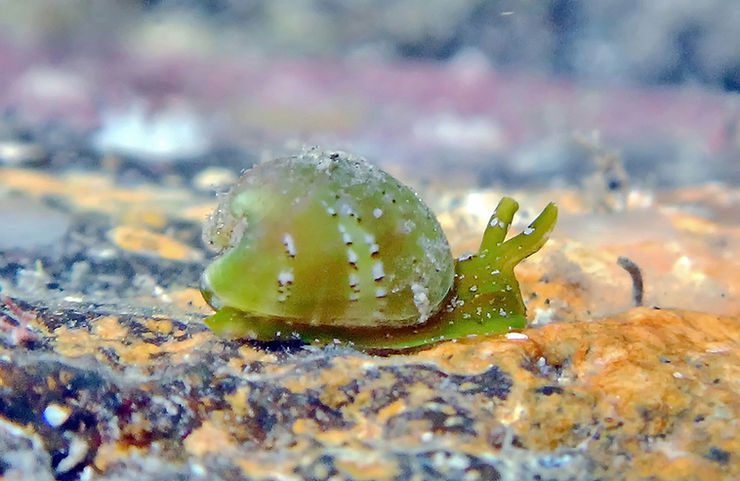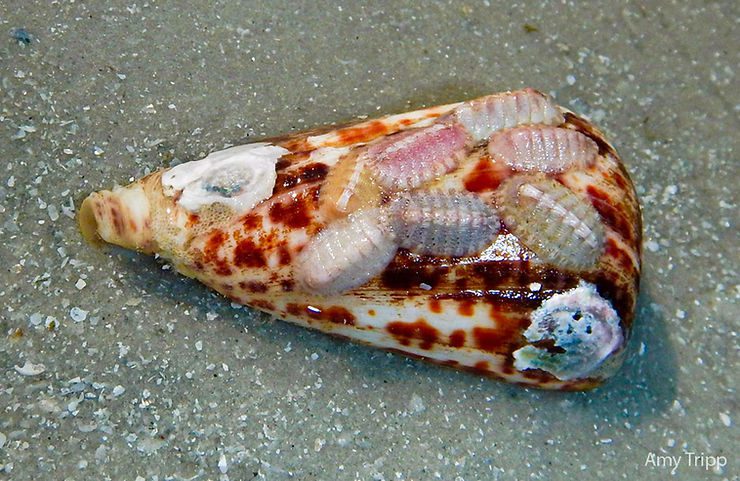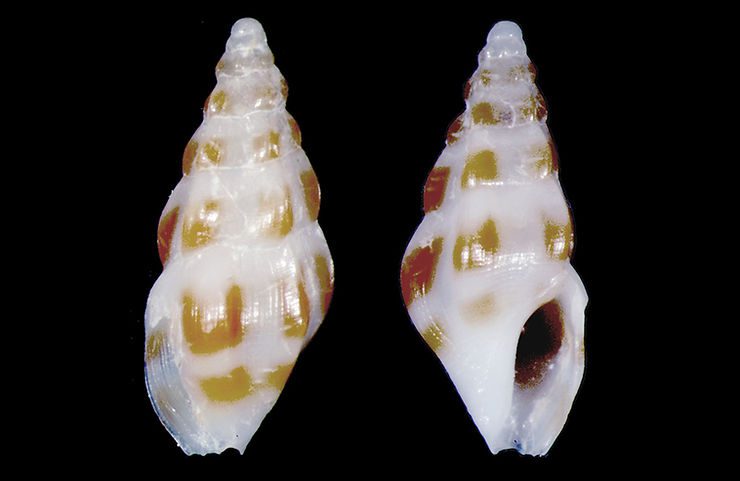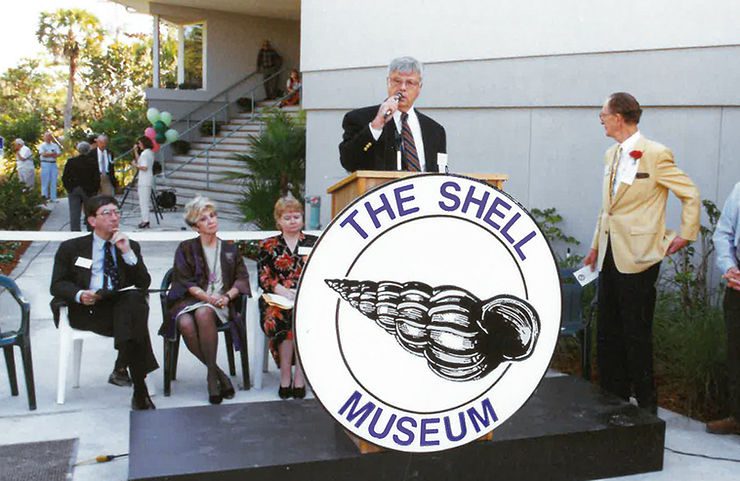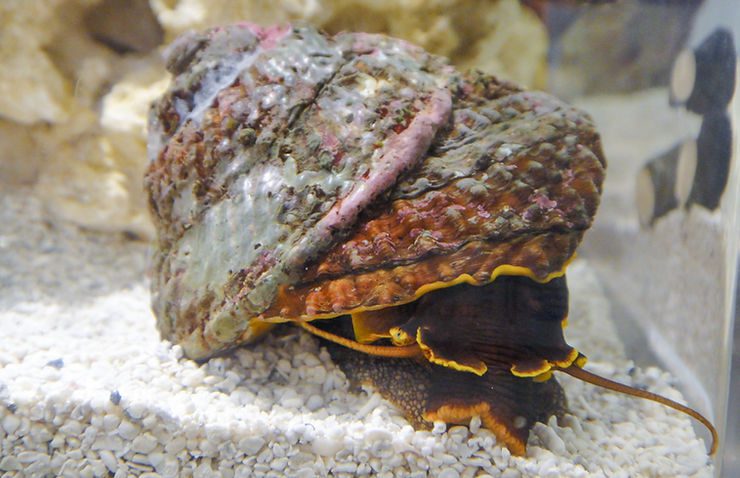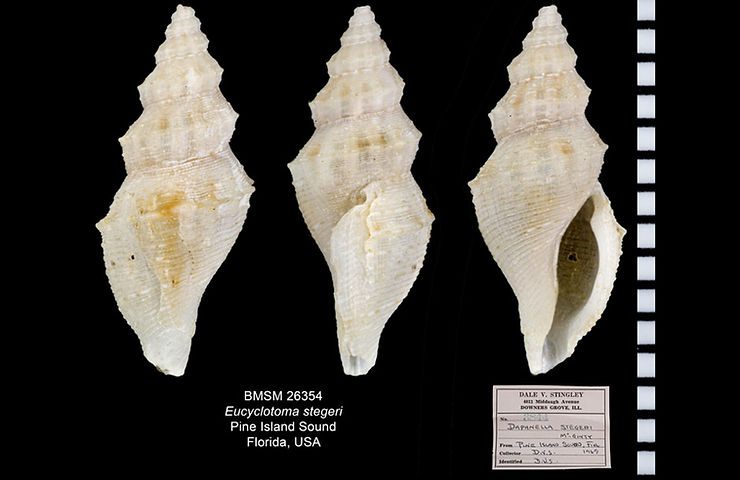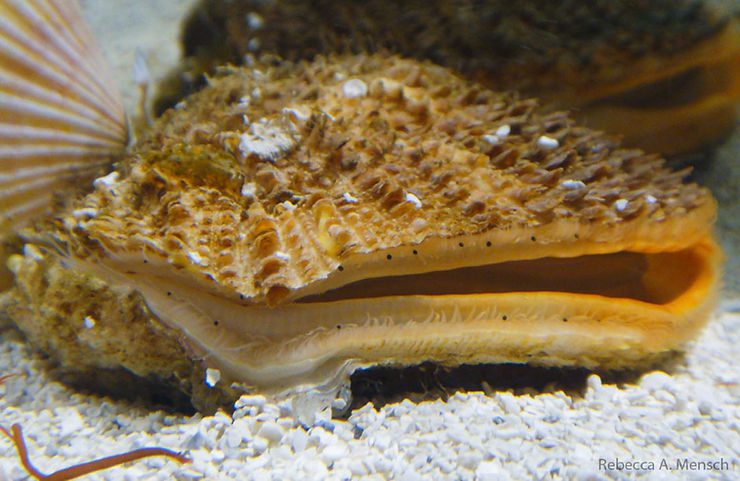
Beyond Shells: The Giant Rock Scallop
The Giant Rock Scallop, Crassadoma gigantea, is another nice highlight from the cold-water touch pool at the Museum. The fact that many species of scallops can swim, relying on bursts of jet-propelled water, always comes up when we talk about the cool things mollusks do for a living. But Giant Rock Scallops are large scallops that don’t swim, spending instead their adult lives attached to hard surfaces such as rocks. Like their swimming relatives, Giant Rock Scallops have a large number of small
